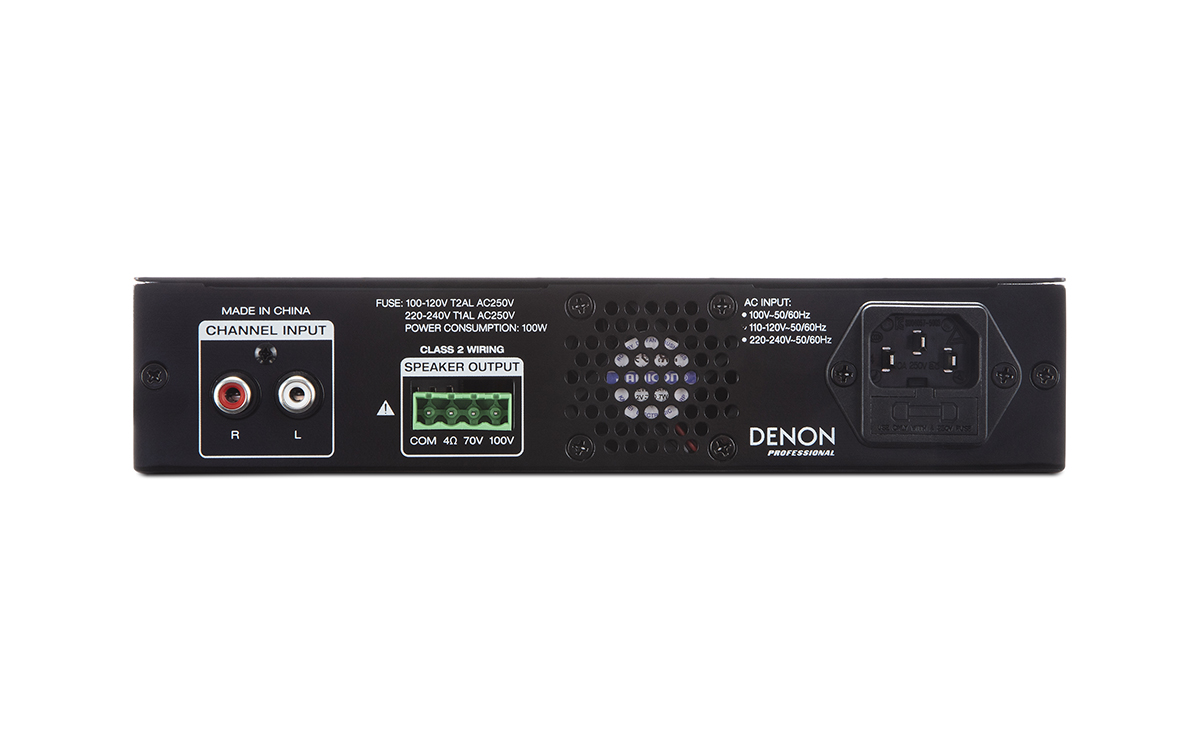

- ANALOG TO DIGITAL VIDEO CONVERTER 50 OHM UPDATE
- ANALOG TO DIGITAL VIDEO CONVERTER 50 OHM FULL
- ANALOG TO DIGITAL VIDEO CONVERTER 50 OHM CODE
- ANALOG TO DIGITAL VIDEO CONVERTER 50 OHM SERIES
ANALOG TO DIGITAL VIDEO CONVERTER 50 OHM FULL
Video sampling tends to work on a completely different scale altogether thanks to the highly nonlinear response both of cathode ray tubes (for which the vast majority of digital video foundation work was targeted) and the human eye, using a "gamma curve" to provide an appearance of evenly distributed brightness steps across the display's full dynamic range - hence the need to use RAMDACs in computer video applications with deep enough colour resolution to make engineering a hardcoded value into the DAC for each output level of each channel impractical (e.g. Top-loading CD player and external digital-to-analog converter. Usually, these are removed with a low pass filter acting as a reconstruction filter in applications that require it. The fact that DACs output a sequence of piecewise constant values (known as zero-order hold in sample data textbooks) or rectangular pulses causes multiple harmonics above the Nyquist frequency. This is equivalent to a zero-order hold operation and has an effect on the frequency response of the reconstructed signal. The effect of this is that the output voltage is held in time at the current value until the next input number is latched resulting in a piecewise constant or 'staircase' shaped output. These numbers are written to the DAC, typically with a clock signal that causes each number to be latched in sequence, at which time the DAC output voltage changes rapidly from the previous value to the value represented by the currently latched number.
ANALOG TO DIGITAL VIDEO CONVERTER 50 OHM UPDATE
Instead of impulses, usually the sequence of numbers update the analogue voltage at uniform sampling intervals. Piecewise constant output of a conventional practical DAC. Digital sampling introduces quantization error that manifests as low-level noise added to the reconstructed signal. Other DAC methods (e.g., methods based on Delta-sigma modulation) produce a pulse-density modulated signal that can then be filtered in a similar way to produce a smoothly varying signal.Īs per the Nyquist–Shannon sampling theorem, a DAC can reconstruct the original signal from the sampled data provided that its bandwidth meets certain requirements (e.g., a baseband signal with bandwidth less than the Nyquist frequency).
ANALOG TO DIGITAL VIDEO CONVERTER 50 OHM SERIES
In particular, DACs are often used to convert finite-precision time series data to a continually varying physical signal.Ī typical DAC converts the abstract numbers into a concrete sequence of impulses that are then processed by a reconstruction filter using some form of interpolation to fill in data between the impulses. The suitability of a particular DAC for an application is determined by a variety of measurements including speed and resolution.Ī DAC converts an abstract finite-precision number (usually a fixed-point binary number) into a physical quantity (e.g., a voltage or a pressure). There are many DAC architectures which have different advantages and disadvantages. Digital-to-analog conversion can degrade a signal, so conversion details are normally chosen so that the errors are negligible.ĭue to cost and the need for matched components, DACs are almost exclusively manufactured on integrated circuits (ICs). Digital video signals are converted to analog in televisions and cell phones to display colors and shades. Signals are easily stored and transmitted in digital form, but a DAC is needed for the signal to be recognized by human senses or other non-digital systems.Ī common use of digital-to-analog converters is generation of audio signals from digital information in music players. An analog-to-digital converter (ADC) performs the reverse operation.
ANALOG TO DIGITAL VIDEO CONVERTER 50 OHM CODE
In electronics, a digital-to-analog converter ( DAC or D-to-A) is a device that converts a digital (usually binary) code to an analog signal (current, voltage, or electric charge). Automatic "audio delay follows video" under "PROFITT"s networked remote controls (requires a CPU module in a rack).8-channel digital-to-analog converter Cirrus Logic CS4382 as used in a soundcard.

Manually presettable audio delay - up to 1.3sec at 48kHz sampling rate. Analog input overload protection by presettable attennuator.

AES/EBU output standard with 32kHz, 44.1kHz, 48kHz and 96kHz sampling rates. Video: Rec.601 and Rec.656 compliant D1 signal filters.Īudio: two-channel (stereopair) 24-bits convertion.


 0 kommentar(er)
0 kommentar(er)
